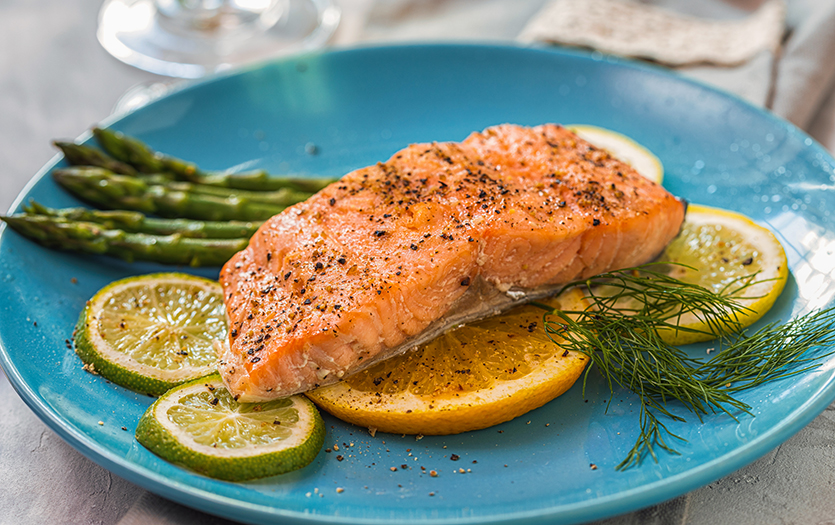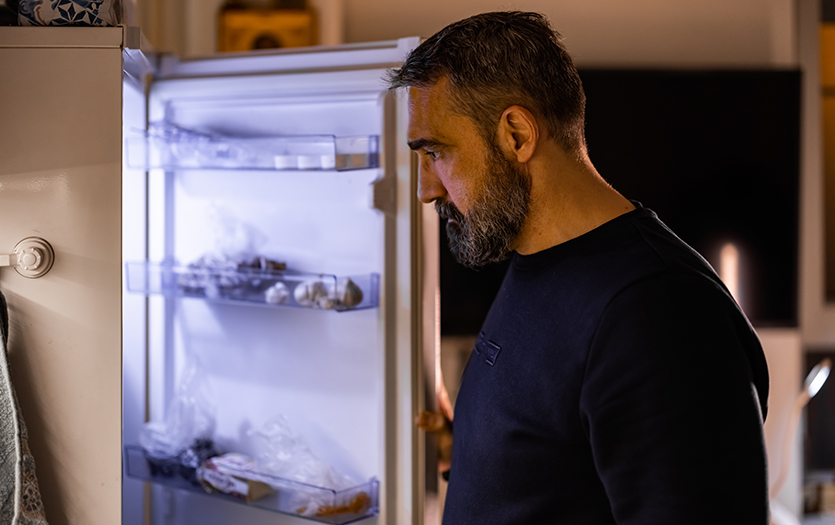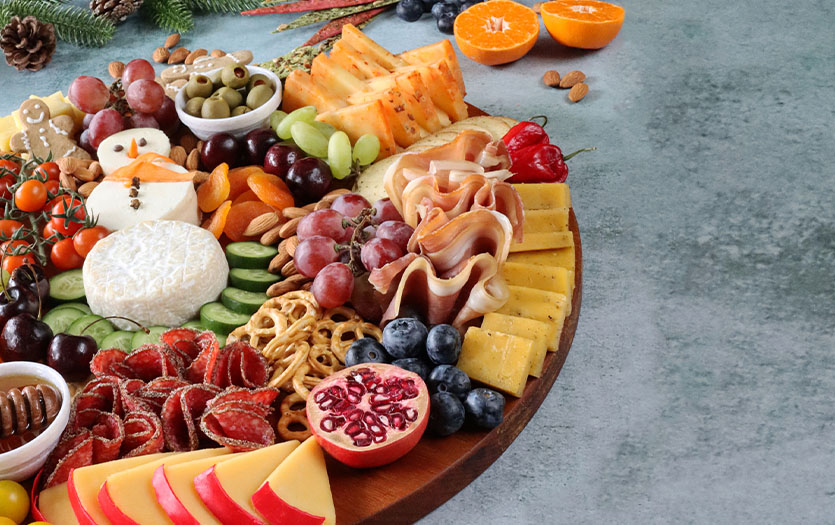
This post was written by Hannah Bercot, RDN, CD, community outreach dietitian, Parkview Greenhouse and Learning Kitchen.
There are many reasons we find ourselves cooking for a smaller crowd. Kids get older and make plans, or they go off and leave the nest, we make a fresh start out on our own, we relocate for jobs and opportunities. And maybe, just maybe, we find ourselves enjoying a special occasion with someone we love and a great meal. Whatever the reason, cooking for two is quite common, and quite manageable.
Don’t overpay
If you’re cooking for two, you might think that it will be cheaper and much easier than cooking for an entire family. But that’s not always the case. Many times, grocery items are packaged in larger quantities or offered in bulk at a better price. While this might make each individual item cheaper, there is a risk of those foods going bad before you are able to use them. When unused food goes in to the trash or compost bin that means dollars were lost.
Don’t overeat
Aside from overspending on bulk items, there’s always a chance of overeating when cooking for just two. If foods and ingredients are packaged for more than two portions or two servings, then we put ourselves in a position to just keep eating. Many studies have shown that we tend to eat more if the portion offered is larger. If we are producing and preparing more food than we need, we will likely eat more than we need. Don’t worry! There are tips and tools to help lower grocery costs and to keep the extra large portions off of your plate.
Right size + right price
It can be really difficult to find foods in small quantities that are reasonably priced. One way to approach this is by buying in bulk and preserving at home. Most ingredients can be canned, frozen, dehydrated and stored in ways that can increase shelf life. The National Center for Home Food Preservation is a resource co-funded by the U.S. Department of Agriculture and the Cooperative State Research, Education, and Extension Service to provide the most current recommendations for safe, at-home food preservation. They have wonderful tips and tricks for domestic cooks.
Now, how do you avoid overindulging? One way to cut down on portion sizes is to cook less. Kitchen math can be tricky. Here is a table that can help to determine measurements when changing a recipe for six, for example, to a recipe for two.
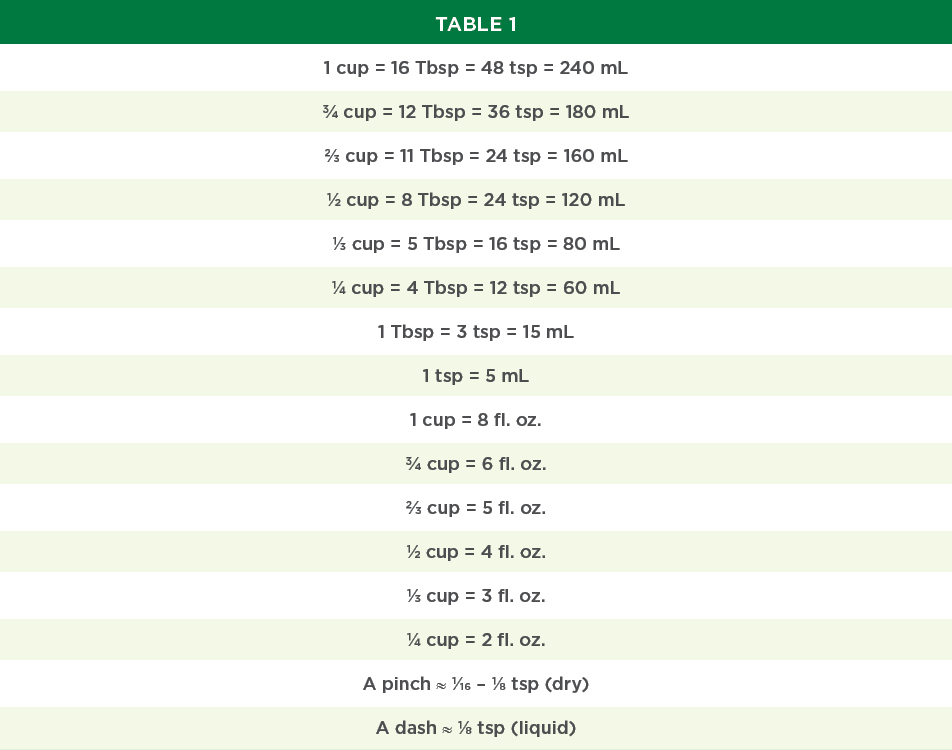
If kitchen math and changing recipes is not your cup of tea, then try learning the difference between a serving size and a portion size. A portion is simply how much is offered. A serving is an evidence -based recommendation. Servings are listed in the Nutrition Facts Panel on food labels. Servings are measured amounts. It is best practice for our portions to be aligned with the recommended serving sizes and number of servings. When we are cooking at home and our ingredients and food groups are combined to make a meal, our portions and servings are not as clear. Pay attention to how many servings of each ingredient are contributed to a recipe and then use these tips to help idenfiy an appropriate portion of the dish.
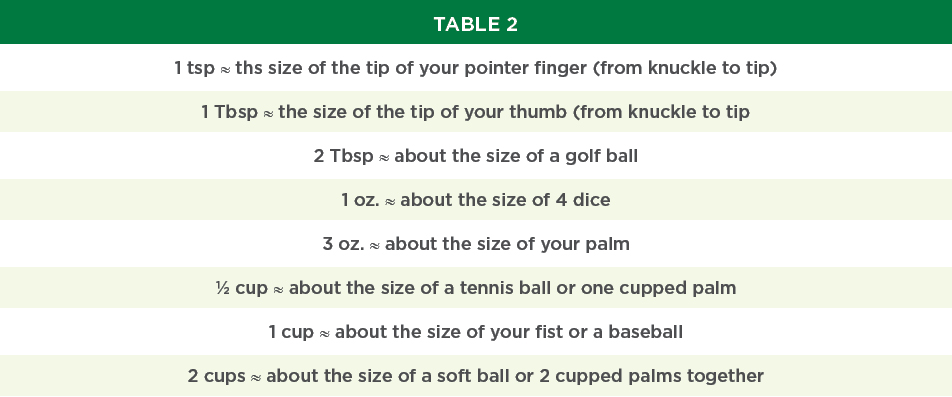
Remember, don’t drown in the details. Just be mindful of the foods you’re eating, the health benefits of those foods, or lack thereof, and how much you actully need to eat in order to be satisfied. Be well, and Happy Valentine’s Day!
Visit us on Pinterest for recipe inspiration!

